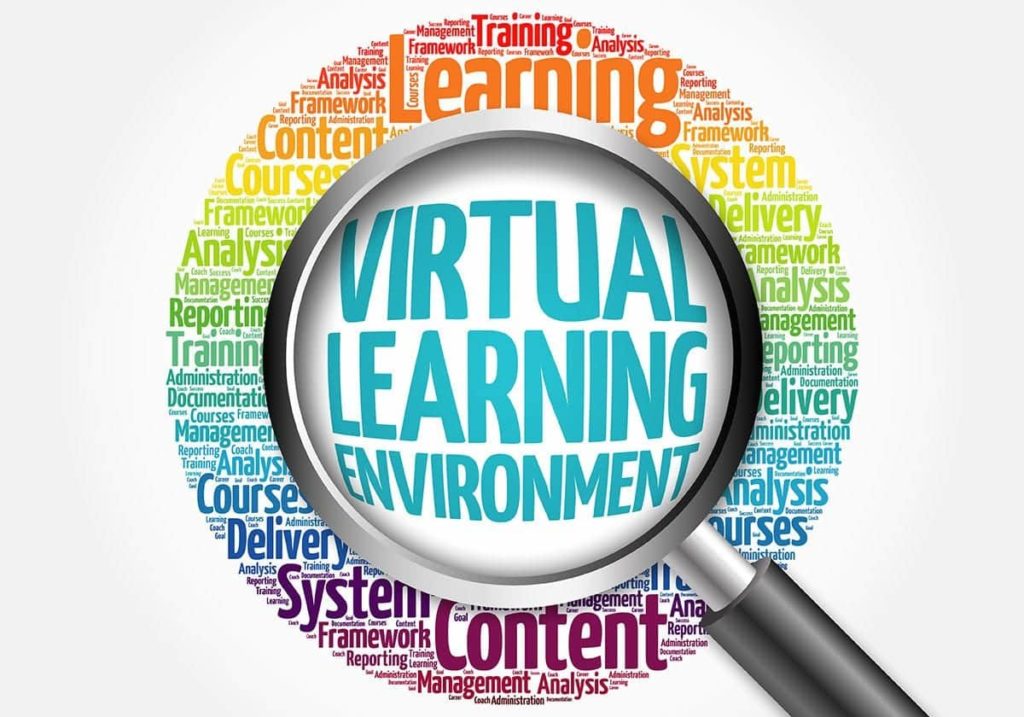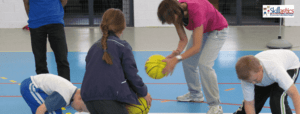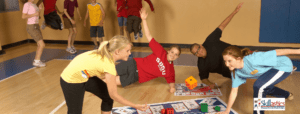Everyone looks forward to the day when students can go back to school full-time. Parents, teachers, and students alike will be elated to return to normalcy!
Still, there are benefits to virtual learning that we shouldn’t be too quick to dismiss. Even though we are excited for in-person learning and after school programs again, it shouldn’t mean that all virtual learning must disappear.
Here are five key reasons why it’s vital to keep virtual learning as part of After School Programs for Physical Activity:
1. An Affordable Long-Term Option
Budgets for after school programs may not always have room for a one-time specialist to work with students, and they may not have the ability to reliably re-hire someone each year. Worse, these budgets are often the first on the chopping block for cutbacks. By contrast, the Skillastics Virtual Physical Activity Programs are a fraction of the cost and can be used for years to come.
2. A Safe Option for Uncertain Times
Unfortunately, it’s become more apparent that the concerns of COVID-19 will continue to be around for some time; we will have to account for safeguards long-term. Children must maintain social distancing on-site. The flexibility of a virtual program allows creative uses so that programs can be used by home learners or onsite. For example, students can easily spread out in a gym and conduct physical activities led by the Skillastics Virtual Physical Activity experts from a shared screen or projection against a wall.
3. Better Quality Instruction
Maintaining a virtual physical activity program provides a connection to high-quality resources. Rather than substitute staff or teachers struggling to overcome an online learning curve, students receive proper, expert instruction when the regular instructor or format is not available. Rather than figuring out a new activity for students to learn, readily available on-demand lessons offer a wide variety of activities. A virtual physical activity program can be more robust and better quality than temporary or fill-in resources, whether conducted at home or on-site learning.
4. Conduit to Group Activities
Students without exposure to sports may never learn the rules of the games, leaving them behind when it comes to participating in group activities. Virtual learning allows children to bridge any learning gaps and creates a perfect segue into group activities. Independently, a student can learn all the fundamentals of basketball through Skillastics 30-Day Basketball Program. After students have learned ball-handling, dribbling, shooting, passing, and defense virtually, they will be more confident to participate in basketball games when the time comes.
5. More Than the Garden Variety
A significant advantage of maintaining a virtual physical activity program is the ability to move past the “usual” activities. The variety of Skillastics Virtual Physical Activity Programs exposes students to activities that they may never have thought to try or have access to in their area. This promotes lifelong physical activity options for all children of all abilities.
When On-Line Takes Place On-Site
Providing virtual physical activity programming on-site improves the lives of your staff, students, and anyone who manages programs. Email us today to discover how on-site virtual physical activity increases student participation and takes the worry away about engaging children.
Call (888) 842-7746 or email info@skillastics.com now – www.skillastics.com
About the Author
Sandy Slade is the CEO & Founder of Skillastics®, the #1 on-site and virtual physical activity resource for groups of children of all sizes. The on-site programs are designed around Skillatsics Activity Kits. These Activity kits include an innovative technique of play, executed on an oversize mat, where up to 100 children can play at one time.
The virtual programs provide students with an amazing variety of physical activity experiences that consist of 30 days of content lasting 30-40 minutes a day taught by national experts.
Skillastics® is enjoyed by over 10 million students in more than 25,000 Physical Education and After School settings nationwide.
For more information, email info@skillastics.com or check out www.skillastics.com.




